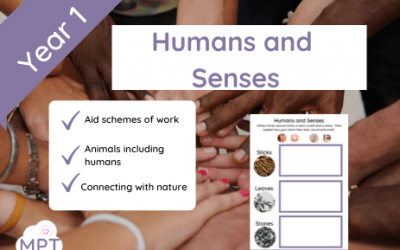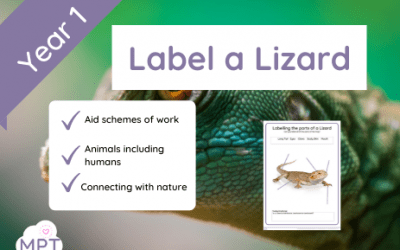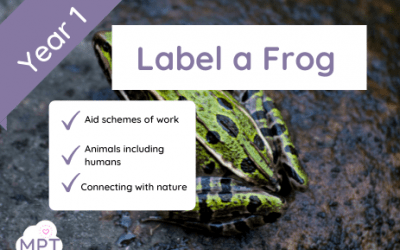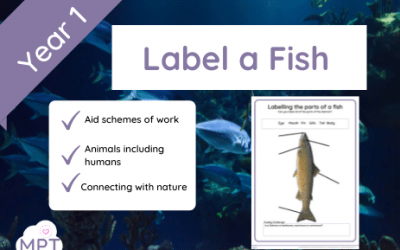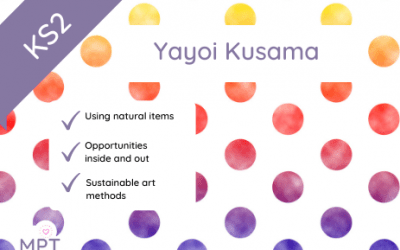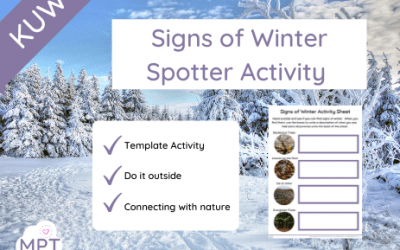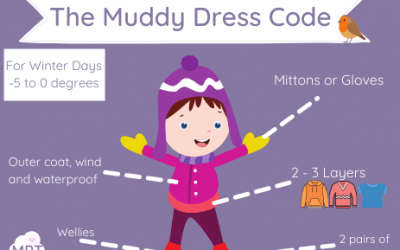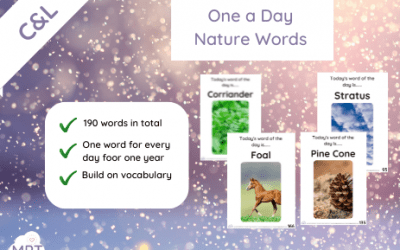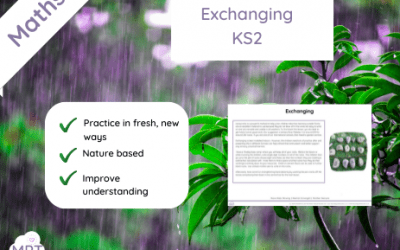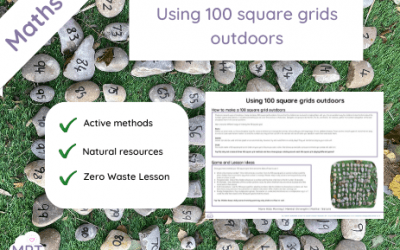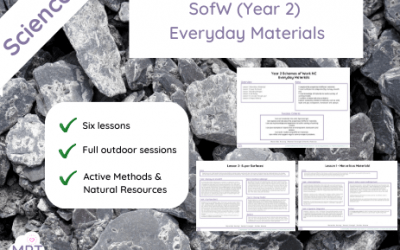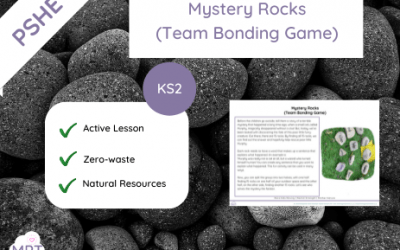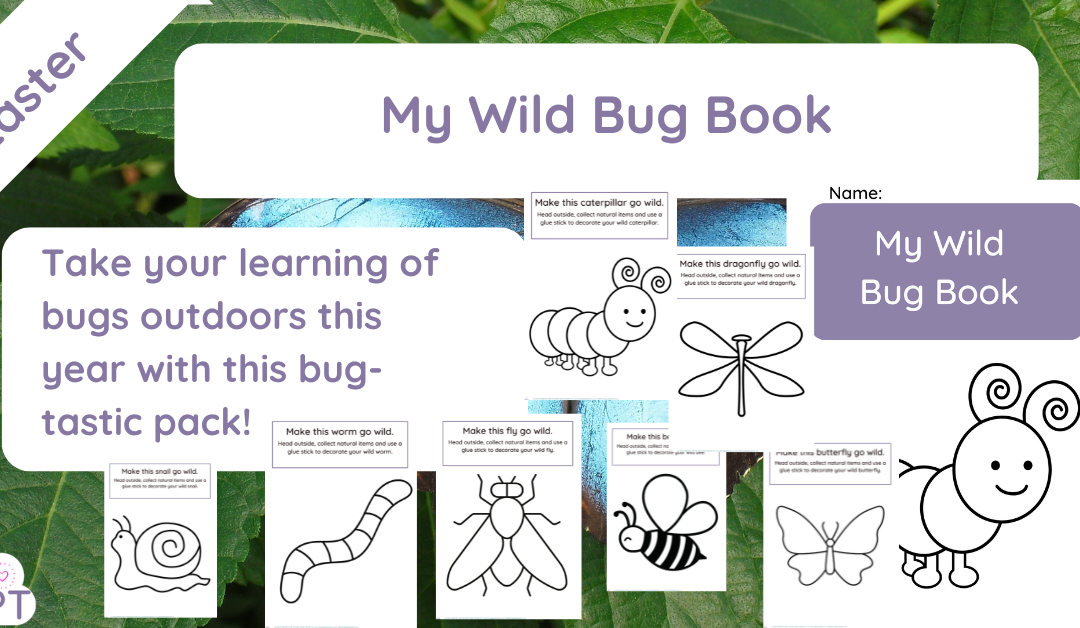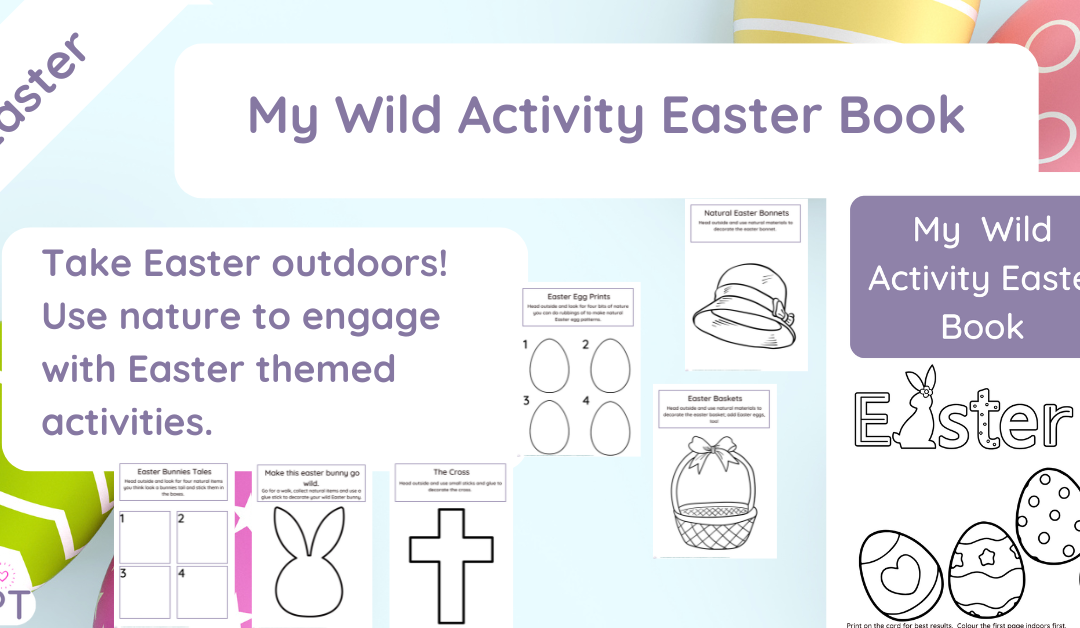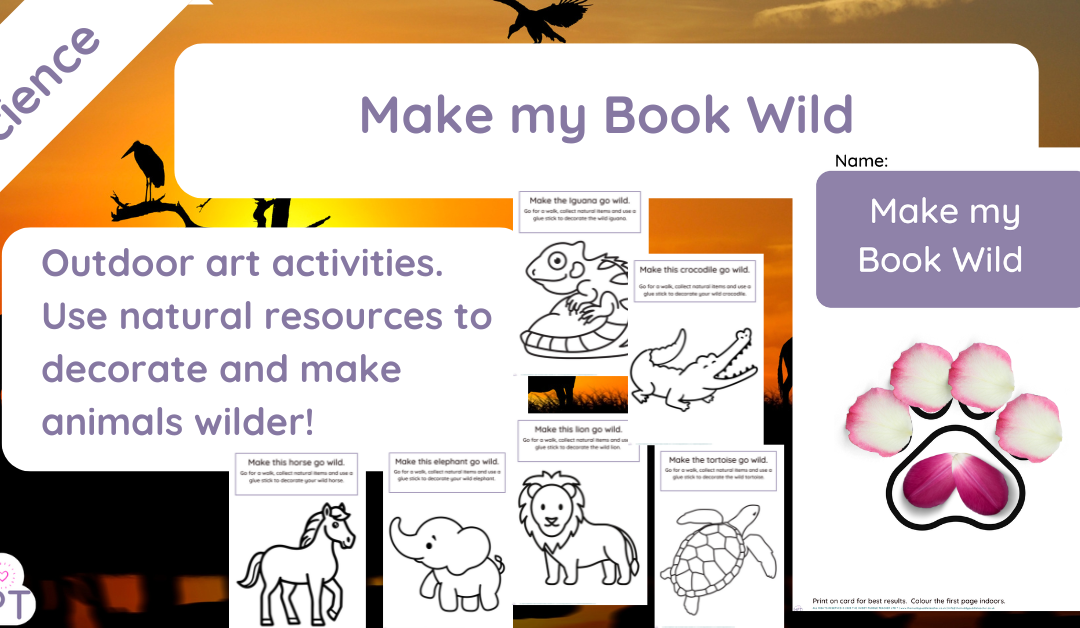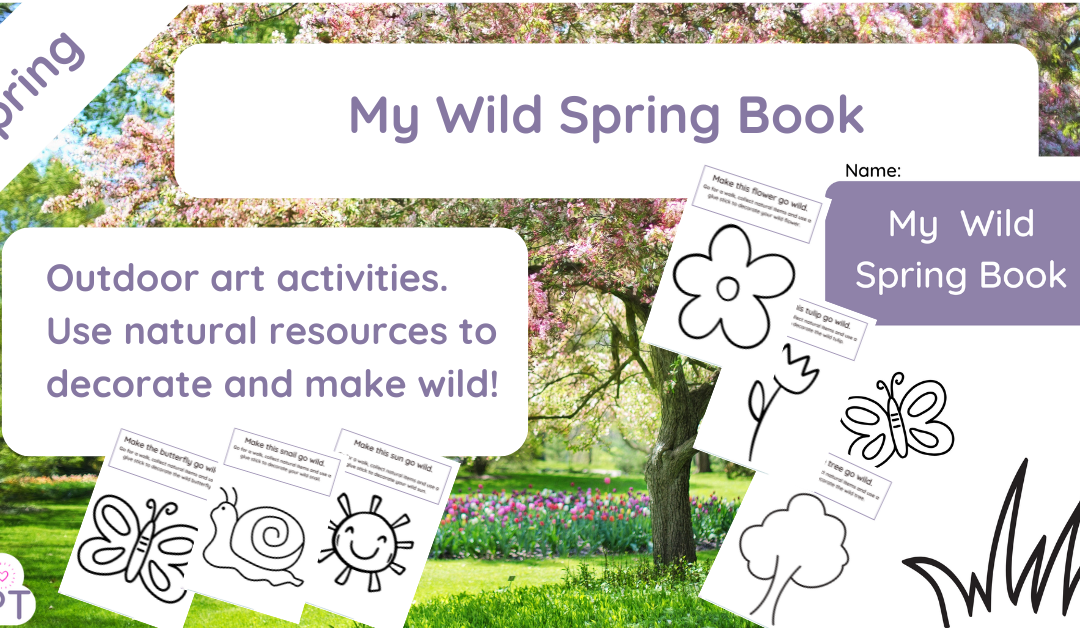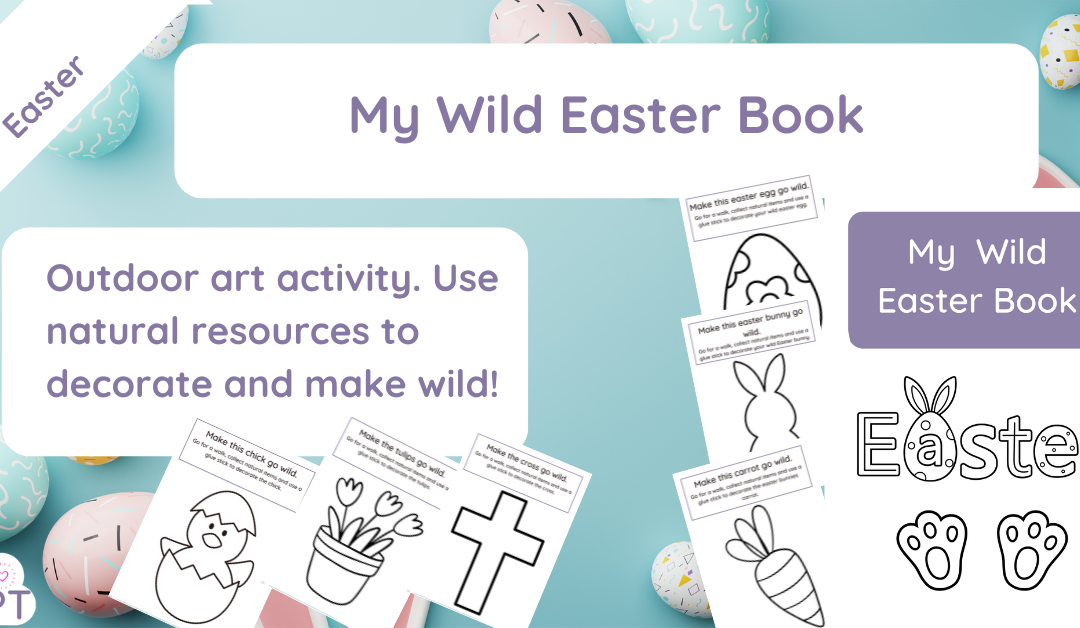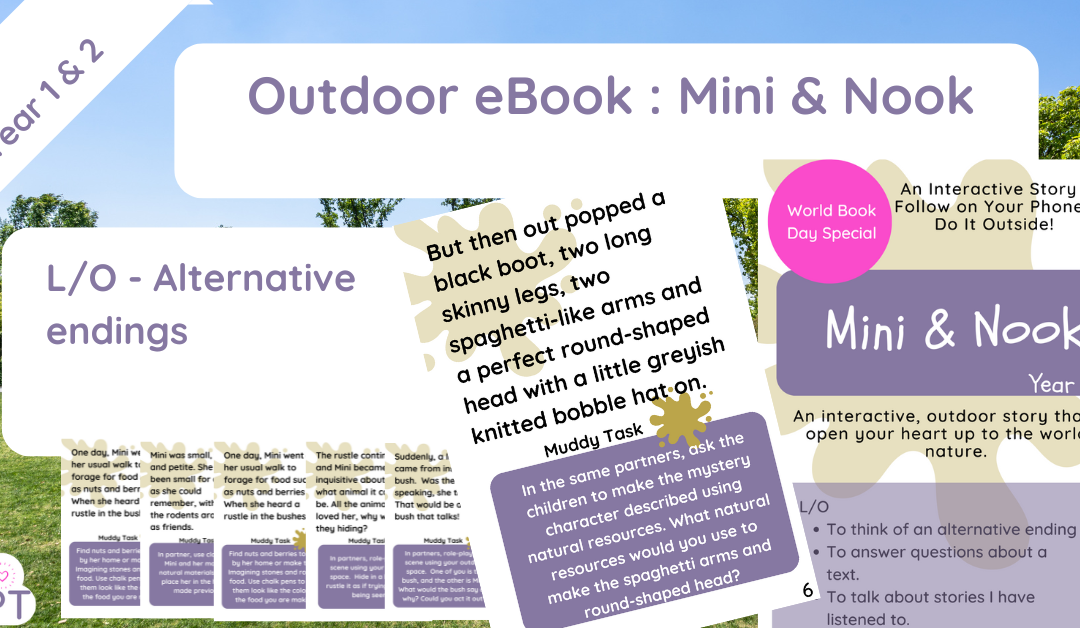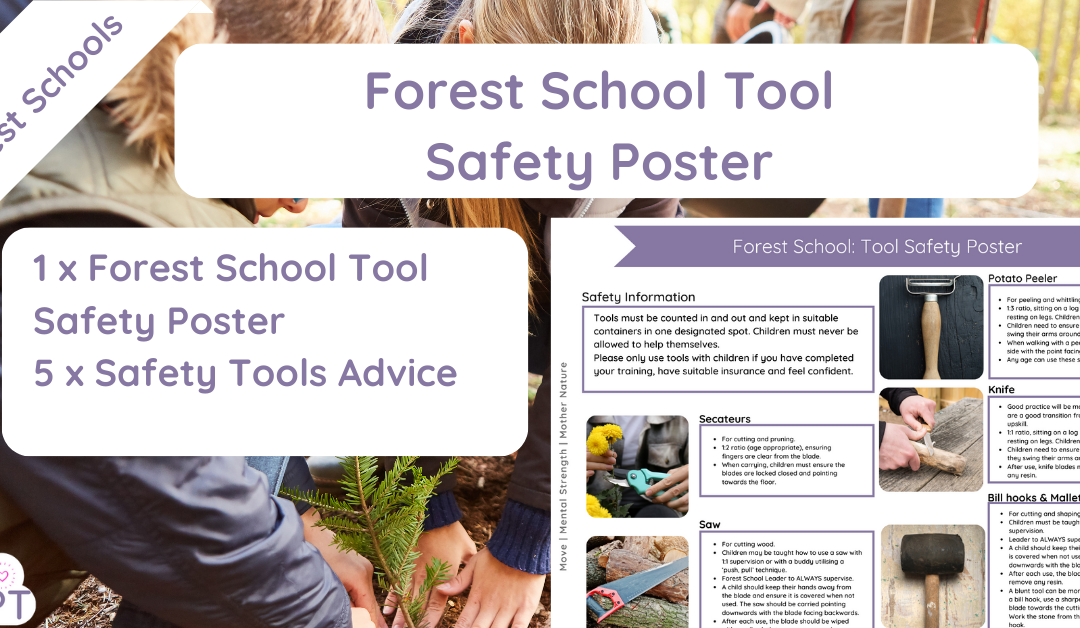Humans and Senses (Year 1) Part of the Year 1 outdoor learning schemes of work.
Label a Lizard (Year 1)
Jan 18, 2022
Label a lizard. Part of the schemes of work, animals including humans year 1
Label a Frog (Year 1)
Jan 18, 2022
Label a Frog (Year 1) Part of the outdoor learning schemes of work. Year 1 nluding animals.
Label a Fish (Year One)
Jan 18, 2022
Label a fish as part of the outdoor learning schemes of work Year 1 animals including humans.
Cones Gine Wild (Outdoor Teaching Method)
Jan 12, 2022
This is an outdoor learning method whereby an objective is practiced or taught by creating a game situation whereby a...
Yayoi Kusama (Outdoor Learning)
Jan 10, 2022
Yayoi Kusama is a Japanese artist known as 'the princess of polka dots'. Although she makes lots of different types of...
Muddy Fingers (Fine Motor Scheme of Work)
Dec 20, 2021
Muddy Fingers (Fine Motor Scheme of Work) can be done inside or out but does use natural resources. Every half term...
Signs of Winter (Template)
Dec 20, 2021
Sign of Winter Spotter Sheet is a template resource that you can print off and use outside with clipboards! We make...
The Great Muddy Christmas Party
Dec 13, 2021
The Great Muddy Christmas Party If you want to shake things up this Christmas and have a traditional Christmas Party...
What children should wear in winter
Dec 1, 2021
As the Norweigian's say - "There's no such thing as bad weather, only bad clothes" Going outside in all weathers...
One a Day Nature Words -Book Two (Vocabulary Builder Early Years)
Nov 29, 2021
One a Day Nature Words - BOOK ONE -(Vocabulary Builder Early Years) This resource comes in two documents. Download...
One a Day Nature Words -Book One – (Vocabulary Builder Early Years)
Nov 29, 2021
One a Day Nature Words - BOOK ONE -(Vocabulary Builder Early Years) This resource comes in two documents. Download...
Exchanging (KS2)
Nov 22, 2021
Exchanging (Maths) outdoor learning Using rocks is a powerful method to help junior children take their maths learning...
Using 100 square grids outdoors
Nov 17, 2021
How to make a 100 square grid outdoors There are several ways of creating a cheap and easy 100 square grid outdoors....
Children In Need : The Mad Cash Dash
Nov 17, 2021
Children In Need : The Mad Cash Dash This is a great event to also do as a whole school and add an element of...
Muddy Puddle Child Awards (Certificates Pack)
Nov 11, 2021
Muddy Puddle Child Awards (Certificates Pack) Reward the children's efforts outside! We are big believers in raising...
Schemes of Work (Year2) Everyday Materials
Nov 11, 2021
Mystery Rocks (Team Bonding Game)
Nov 10, 2021
⇒Use Mystery Rocks (Team Bonding Game) to take your children outside and allow some FUN time! ⇒Outdoor Learning Lesson...


